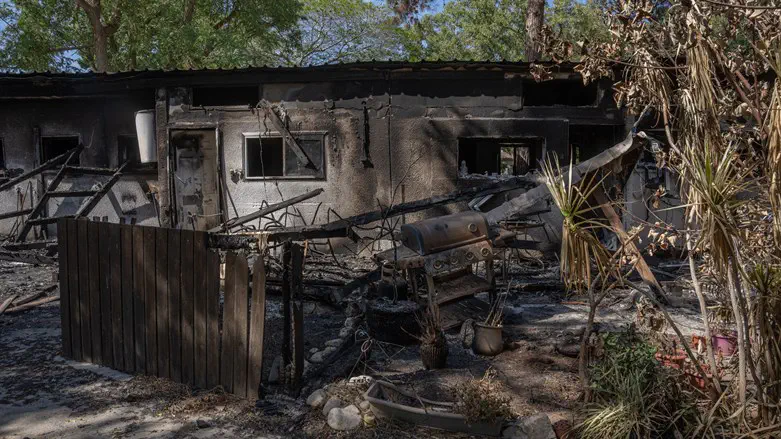
A new report published on Wednesday by HonestReporting shows that Gaza-based photojournalists from prominent international news agencies were in Israeli territory to document Hamas’ October 7 attack against Israeli towns located near the Gaza border.
The organization noted that “Hamas terrorists were not the only ones who documented the war crimes they had committed during their deadly rampage across southern Israel. Some of their atrocities were captured by Gaza-based photojournalists…whose early morning presence at the breached border area raises serious ethical questions.”
HonestReporting wondered what these photojournalists were doing in Israeli territory so early on what would ordinarily have been a quiet Saturday morning and asks whether their presence was coordinated with Hamas. “Judging from the pictures of lynching, kidnapping and storming of an Israeli kibbutz, it seems like the border has been breached not only physically, but also journalistically,” it said.
The report shows the photos from the Israel-Gaza border area on October 7 which included shots of a burning Israeli tank, and of infiltrators entering Kibbutz Kfar Aza.
It also featured now-removed posts on X from a reporter who documented himself standing in front of the Israeli tank and wrote: “Live from inside the Gaza Strip settlements.”
Other photos exposed by HonestReporting showed the horrific abductions of Israelis into Gaza and even one of a lynch mob brutalizing the body of an Israeli soldier who was dragged out of the tank.
“Let’s be clear: News agencies may claim that these people were just doing their job. Documenting war crimes, unfortunately, may be part of it. But it’s not that simple,” said HonestReporting.
“It is now obvious that Hamas had planned its October 7 attack on Israel for a very long time: its scale, its brutal aims and its massive documentation have been prepared for months, if not years. Everything was taken into account — the deployments, the timing, as well as the use of bodycams and mobile phone videos for sharing the atrocities.”
“Is it conceivable to assume that ‘journalists’ just happened to appear early in the morning at the border without prior coordination with the terrorists? Or were they part of the plan?”
HonestReporting pointed out that even if the photojournalists did not know the exact details of what was going to happen, “once it unfolded did they not realize they were breaching a border? And if so, did they notify the news agencies? Some sort of communication was undoubtedly necessary — before, after or during the attack — in order to get the photos published.”
The organization concluded by noting that if these photojournalists actively or passively collaborated with Hamas to get the photos, “they should be called out to redefine the border between journalism and barbarism.”

